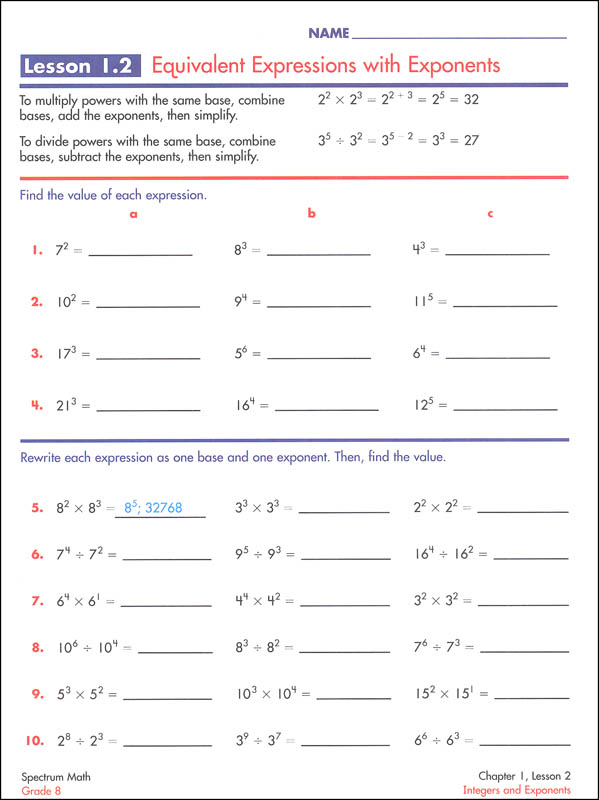

Let's try the system of y = x^2 and y = x - 1 (which don't intersect) as an example:Īs you can see, when we went to solve it we end up trying to take the square root of a negative number, which provides no real solutions.

To find out if a nonlinear system has a real solution or not, you just have to try solving it. Not intersecting at all would mean that the system has no real solutions. Using row operations, get the entry in row 2, column 2 to be 1. Using row operations, get zeros in column 1 below the 1. Using row operations get the entry in row 1, column 1 to be 1. Write the augmented matrix for the system of equations. A line could intersect the parabola at one point, at two, or not at all. Solve a system of equations using matrices. A line and a parabola couldn't ever have infinitely many solutions, because they're different shapes. The solutions of a system of equations are the intersection points between those equations plotted on a graph. You can't really know the number of solutions beforehand unless you're good at visualizing the graphs and intersection points, or you solve the system to the point where you can calculate the determinant to see how many solutions you'll end up getting from the quadratic formula.įirst, we can try visualizing what we're trying to find. From there you can solve the quadratic equation like you normally would, getting you the x-coordinate(s) of the solution(s): And yes, a system of quadratic equations can have infinitely many solutions if the equations refer to the same line.Īs an example, let's take solving for the solutions of the system: (1) y = 3x^2 and (2) y = -(x-3)^2 + 7īoth of these equations already come nicely solved for y, so the easiest strategy to use is substitution and then to combine like terms until you get a form you're comfortable with. If they have one or two intersection points, then you have that many solutions. If the two lines aren't touching at all, then you have zero solutions. When finding the number of solutions, try thinking in terms of the graph. Your strategies for solving the system are the same as for linear systems: either solving one equation for a variable and then substituting that into the other equation or multiplying an equation by a constant so that you can eliminate one variable if you add them together.

To solve a system of quadratic equations, you still want to cancel one of the variables so that you have a one-variable system.


 0 kommentar(er)
0 kommentar(er)
